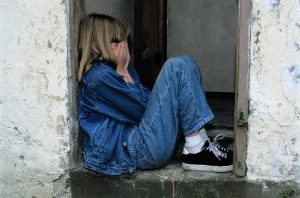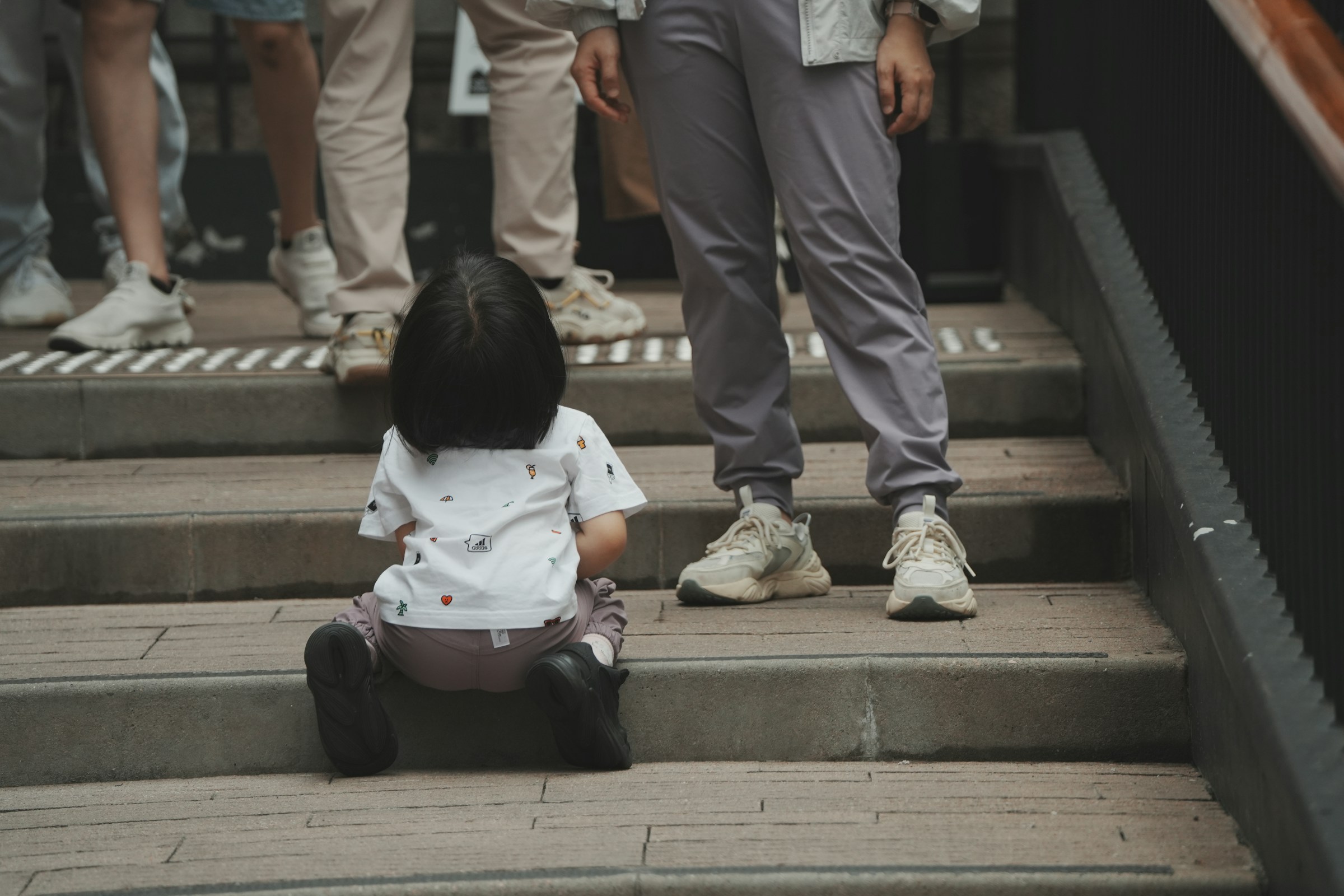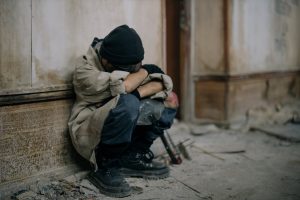Emma was 13 when she first received a friend request from someone claiming to be 16. What started as innocent conversations about school and hobbies gradually shifted to more personal topics. The online predator spent months building trust, asking about her family life, her insecurities, and slowly introducing sexual content into their conversations. By the time Emma realized she was being groomed online, explicit images had been shared, and the groomer had begun making threats. Emma’s story isn’t unique—it represents a growing crisis that affects millions of children worldwide.
The Staggering Reality of Online Grooming
The statistics surrounding online grooming paint a devastating picture of our digital landscape. According to Childlight’s groundbreaking 2024 research, over 300 million children per year are victims of technology-facilitated sexual exploitation and abuse—that’s 10 cases per second globally. This represents 1 in 8 children (12.6%) worldwide who have experienced non-consensual sharing of sexual images or videos.
The NSPCC’s 2023 findings reveal an 82% rise in online grooming crimes against children over the past five years, with almost 34,000 online grooming crimes recorded by UK police. In 2022/23 alone, 6,350 offences were documented, representing a dramatic increase from 3,492 cases in 2017/18.
Perhaps most alarming, WeProtect’s Global Threat Assessment shows that child sexual abuse material reports have increased by 87% since 2019, while online grooming reports have risen by 80% in the past four years.
Understanding the Digital Hunting Ground
Online groomers operate across 150 different platforms, according to NSPCC data, with social media serving as primary hunting grounds. The research shows that Snapchat and Instagram each account for 26% of known grooming cases, while Facebook/Messenger represents 15% of incidents where the communication method was identified on each social media platform.
These sexual predators exploit the very nature of online platforms—the anonymity, the ease of access to children, and the ability to manipulate personal information. They understand that social media provides unprecedented access to potential victims, allowing them to study children’s profiles, identify vulnerabilities, and initiate contact through seemingly innocent interactions.
The grooming process typically follows predictable patterns. Online predators begin by establishing trust through compliments and shared interests, gradually introducing sexual conversation and explicit images. They isolate children from trusted adults by encouraging secrecy and creating a false sense of special relationship. This sexual grooming can happen with devastating speed—WeProtect research indicates that high-risk situations can develop in gaming environments in just 45 minutes on average, and in some cases, as quickly as 19 seconds.
The Expanding Threat Landscape
Modern online child grooming has evolved beyond traditional chat rooms and messaging apps. Sexual exploitation now occurs across gaming platforms, social media platforms, and even educational apps. The rise of artificial intelligence has introduced new dangers, with AI-generated abuse material creating unprecedented risks for children’s safety online.
Financial sexual extortion, or sextortion, represents a particularly cruel form of online enticement. The FBI reports an “explosion” of these schemes targeting teens aged 15-17, where perpetrators pose as young girls to obtain a sexual image, then blackmail victims for money. This form of sexual violence leaves lasting psychological scars and can drive young people to desperate measures.
The scope of offending is staggering. Childlight’s research reveals that in the United States, 10.9% of men (almost 14 million) have admitted to online sexual offending against children, while in the United Kingdom, 7% of men (1.8 million) have engaged in such sexual behaviour.
International Protection Alliance: A Beacon of Hope
Recognizing the urgent need for comprehensive action against online grooming, International Protection Alliance (IPA) was founded with a clear mission: to envision a secure digital world where children are protected globally through advanced technology, survivor support, and fostering a united, safe online environment for future generations.
IPA’s approach to combating sexual abuse and online exploitation operates on four critical fronts:
Prevention & Education
IPA conducts extensive educational initiatives focused on online safety and preventing child sexual exploitation. Our training programs help parents, educators, and children themselves identify the warning signs of grooming behavior and protect personal information from misuse across various online platforms. We understand that education is the first line of defense against online predators who seek to exploit vulnerable children through sexual communication.
Intervention & Response
When online child grooming occurs, swift action is essential. IPA coordinates directly with law enforcement agencies to address internet crimes and combat child sexual exploitation cases. Our technical expertise supports efforts to track and respond to instances of live streaming abuse and other forms of digital sexual violence, ensuring that online groomers face consequences for their actions. We work closely with organizations like the Internet Watch Foundation to identify and remove child pornography from online platforms.
Advocacy & Policy
Creating lasting change requires systemic reform. IPA engages in advocacy efforts to strengthen policies against harmful sexual content and exploitation across every online platform. We work alongside organizations worldwide to prevent trafficking and establish comprehensive protections that make it harder for sexual predators to operate in digital spaces, whether through an app, social media platform, or any other online activity.
Aftercare Support for Survivors
Perhaps most importantly, IPA provides person-centered aftercare services for survivors of sexual exploitation. We understand that healing from online abuse is an individual journey that cannot follow a one-size-fits-all approach. Our case management services help survivors access legal aid, education, safe housing, mental health services, and medical care as needed, with no timeline restrictions on our support.
Building Digital Resilience Through Best Practices
The fight against online grooming requires more than reactive measures—it demands proactive strategies that build resilience in children and communities. IPA’s training programs focus on developing best practices for safe online activity, teaching children how to recognize grooming behaviour and respond appropriately when approached by potential predators.
We emphasize the importance of open communication between children and trusted adults about their online experiences. Too often, children who are groomed online feel shame or fear about reporting inappropriate sexual language or requests for explicit images. By creating environments where children feel safe discussing their digital interactions, we can interrupt the grooming process before it escalates to sexual assault or exploitation in real life.
The Technology Challenge
As online platforms evolve, so do the tactics of those who seek to exploit children. The rise of encrypted messaging, disappearing messages, and AI-generated content presents new challenges for detecting and preventing online child grooming. IPA works with technology companies to develop solutions that protect children while preserving legitimate privacy rights.
Our technical approach involves careful monitoring of reported incidents while prioritizing the protection of personal information and maintaining the highest ethical standards. We understand that effective child protection requires balancing safety with privacy, ensuring that our efforts to combat sexual exploitation don’t inadvertently harm the very children we seek to protect.
A Global Crisis Requires Global Action
The statistics from Childlight, NSPCC, and WeProtect make clear that online grooming is not a localized problem—it’s a global crisis that transcends borders and affects children in every region of the world. North America shows the highest rates of non-consensual image sharing at 23%, while Eastern and Southern Africa report 25.5% of children experiencing online solicitation.
This global scope requires coordinated international response. IPA’s work extends across continents, recognizing that online predators operate without regard for national boundaries. Our partnerships with law enforcement agencies, technology companies, and child protection organizations worldwide create a network of protection that can respond rapidly to emerging threats.
The Human Cost of Child Grooming
Behind every statistic is a real person whose life has been forever changed by online grooming and sexual exploitation. The psychological impact of being groomed online extends far beyond the immediate abuse. Survivors often struggle with trust issues, anxiety, depression, and post-traumatic stress. The violation of having personal information and sexual images shared without consent can affect relationships, education, and career prospects for years to come.
When a groomer successfully manipulates a child through the grooming process, the consequences extend beyond the digital realm. Many cases that begin with sexual conversation online eventually progress to sexual activity or sexual assault in real life. The trauma of this exploitation affects not just the individual child, but their entire family and community.
IPA’s person-centered approach recognizes that each survivor’s journey is unique. Some may need immediate crisis intervention, while others require long-term therapeutic support. Our commitment extends beyond the moment of rescue to encompass the entire healing process, ensuring that survivors have access to the resources they need to rebuild their lives and reclaim their futures.
Recognizing the Warning Signs
Parents, educators, and community members must understand the warning signs of online grooming to protect children effectively. A groomer typically begins by building trust and rapport with their target, often through seemingly innocent conversation in a chat room, gaming platform, or social media app. They may shower the child with attention, compliments, and gifts, gradually isolating them from trusted adults.
Warning signs include:
- Secretive online behavior or reluctance to discuss online activity
- Receiving unexpected gifts or money
- Withdrawal from family and friends
- Changes in mood or behavior after online interactions
- Evidence of sexual communication or explicit images on devices
- Meeting someone they’ve only known online
Understanding these signs and maintaining open dialogue about online safety can help prevent children from becoming victims of sexual grooming or other forms of exploitation.
The Role of Technology Companies
Social media platforms, gaming companies, and app developers have a crucial role in preventing online grooming. While many platforms have implemented safety measures, the scale of the problem—with grooming occurring across 150 different platforms—demonstrates the need for more comprehensive solutions.
IPA advocates for stronger safety measures, including:
- Advanced detection systems for grooming behaviour
- Better reporting mechanisms for suspicious sexual communication
- Age verification systems to prevent adults from accessing child users
- Educational resources about online safety integrated into platform design
- Cooperation with law enforcement to track and prosecute online predators
Looking Forward: A Vision of Digital Safety
International Protection Alliance envisions a future where children can explore the digital world safely, where online platforms prioritize child protection, and where survivors of sexual exploitation receive the support they need to heal and thrive. This vision requires continued vigilance, innovation, and collaboration across all sectors of society.
We must continue developing new technologies to detect grooming behaviour while respecting privacy rights. We need comprehensive education programs that prepare children, parents, and educators to recognize and respond to online threats. Most importantly, we must maintain our commitment to supporting survivors with compassion, resources, and hope for the future.
The fight against online grooming is far from over, but with organizations like IPA leading the charge, there is reason for optimism. Every child protected, every predator stopped, and every survivor supported represents a victory in this crucial battle for digital safety.
Take Action: Join the Fight Against Online Exploitation
The statistics are overwhelming, but they also represent an opportunity for action. Every person who learns to recognize the signs of online grooming, every parent who talks openly with their children about online safety, and every supporter who contributes to organizations fighting sexual exploitation makes a difference in this global effort.
International Protection Alliance cannot accomplish this mission alone. We need partners, advocates, and supporters who share our vision of a world where children are safe online. Your donation helps fund critical prevention programs, supports law enforcement training, provides aftercare services for survivors, and advances the technology needed to detect and stop online predators.
Together, we can transform the digital landscape from a hunting ground for predators into a safe space for learning, growth, and connection. Donate now and join International Protection Alliance in our mission to protect children globally and create a secure digital world for future generations.
Sources
- Childlight Global Child Safety Institute. (2024). Into the Light: A Global Estimate of Technology-Facilitated Child Sexual Exploitation and Abuse. Retrieved from https://www.childlight.org/newsroom/over-300-million-children-a-year-are-victims-of-online-sexual-exploitation-and-abuse
- NSPCC. (2023, August 14). 82% rise in online grooming crimes against children in the last 5 years. Retrieved from https://www.nspcc.org.uk/about-us/news-opinion/2023/2023-08-14-82-rise-in-online-grooming-crimes-against-children-in-the-last-5-years/
- WeProtect Global Alliance. (2023). Global Threat Assessment 2023: Analysis of Sexual Threats Children Face Online. Retrieved from https://www.weprotect.org/global-threat-assessment-23/analysis-sexual-threats-children-face-online/




